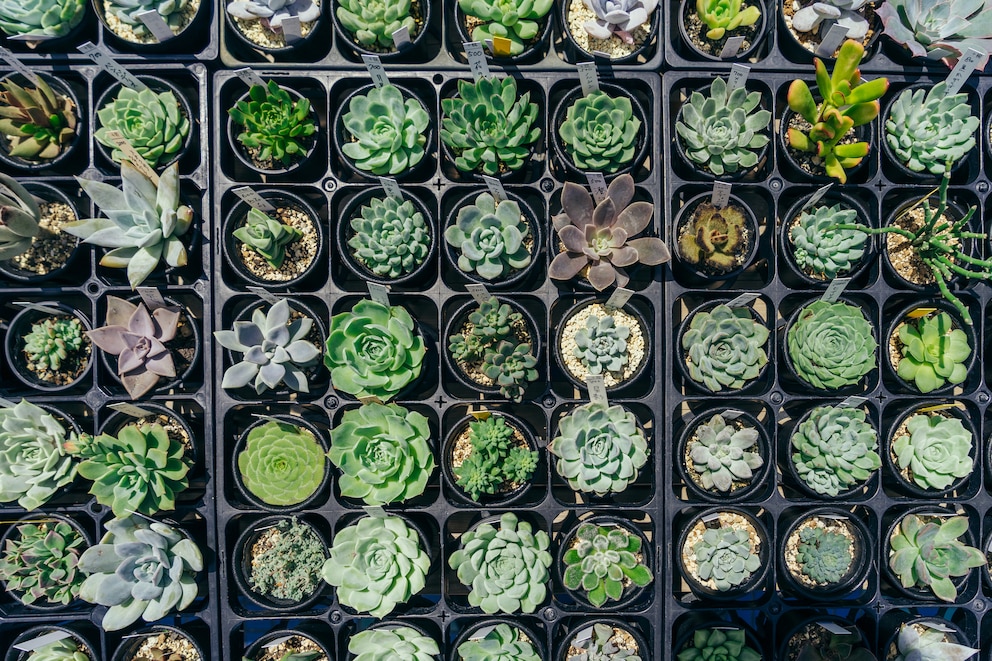August 16, 2024, 10:49 am | Read time: 5 minutes
If you’re looking for an especially sustainable paint for your walls, clay paint is the best choice. As an ecological building material, it significantly contributes to a healthy home environment. However, alongside many advantages, there are also a few disadvantages. myHOMEBOOK takes a closer look at this natural paint.
What Makes Clay Paint So Ecological?
Clay paint is based on natural ingredients, often sourced from Germany, making it even more ecological than other paints on the market. The organic paint consists of finely ground clay minerals, sand, earth pigments, and plant starch. Instead of harmful binders commonly found in conventional paints, clay paints use cellulose fibers or plant proteins. The minerals, marble granules, and chalk included act as fillers, providing good saturation and high coverage.
However, clay paint is not entirely harmless when it comes as a pre-mixed mass. It is possible that synthetic preservatives have been added, which can cause allergic reactions such as irritation of the mucous membranes and skin or even long-lasting allergies. There are also products with natural preservatives. It’s even better to opt for clay paint in powder form and mix it with water yourself. It’s always advisable to look for quality seals like the Blue Angel, which can verify a product’s freedom from harmful substances.
Substrate and Application
Clay paint is available in three different forms: as a ready-to-use paint mass, as a powder to mix with water, or even to make yourself from clay slurries. Once you’ve made your choice, it’s time to consider the substrate: Which is best suited for clay paint? Essentially, the ecological paint can be used on almost any surface without concern. It just needs to be absorbent, dry, and free of grease. Whether wallpaper, wood, concrete, plaster, mineral surfaces, or even an old coat of paint, clay paint adheres without issue. It does not adhere to oily surfaces, plastic, metal, glue, latex, or lime paint. A permanently damp base is also an unfavorable condition for clay paint. Ideally, clay paint is applied to clay plaster.
Before painting, the surface should be properly prepared, such as removing old paint or other loose materials. Smooth or absorbent surfaces may even require a primer.

Before painting, it’s important to prepare the surface accordingly, such as removing old paint or other loose materials. Smooth or absorbent surfaces may even require a primer.
The paint can be applied using a brush or a paint roller. It should be applied generously and evenly in all directions. If you don’t use all the paint in one day, you can store the ready-mixed paint for later use, but the powder form should be used on the same day it’s mixed with water.
Depending on the light, the finish with clay paint can appear irregular and unique, which some people appreciate while others may find it less appealing. In any case, the matte, velvety result further emphasizes the organic character of clay paint.
Which Rooms Are Suitable for Clay Paint?
Because clay paint contributes to a healthy indoor environment with its natural composition, it is suitable for various rooms. However, it should not come into contact with water, as clay paint is not waterproof.
Advantages of Clay Paint
As a natural paint, clay paint offers numerous benefits for people, including a healthy, allergy-friendly indoor climate.
Natural Composition

Clay paint is known for its easy application, especially with ready-to-use products. Even with a powder to mix, those with some DIY skills should find it straightforward. There’s also minimal risk of splattering.
Long-lasting
Due to its natural composition, clay paint is also non-flammable.

The Pros and Cons of Emulsion Paint

Chalk paint is particularly well-suited for this purpose.

Covering old tiles in the bathroom in 8 steps
For Which Rooms Is Clay Paint Suitable?
Because clay paint is beneficial for a healthy, allergy-friendly indoor climate, it is suitable for various rooms. However, it should not come into contact with water, as clay paint is not waterproof.
Limited Color Range

While clay paint is available in countless natural tones, ranging from light beige to various shades of blue and green, it cannot cover the full spectrum of RAL colors.
Limited Coverage
Typically, two to three coats are needed for full coverage, although this can vary depending on the product. Generally, two to three layers are required.
Higher Cost
Painting with clay paint requires a bigger budget. The cost for a good, ready-to-use product is significantly higher than conventional paints.
Limited Durability
Clay paint is mixed with water and usually contains no artificial binders, making it less durable. In high-traffic areas, the natural finish may show signs of wear quickly. Additionally, it does not adhere well to oily surfaces, plastic, metal, glue, latex, or lime paint, and can be easily damaged by water in areas like kitchens and bathrooms.

